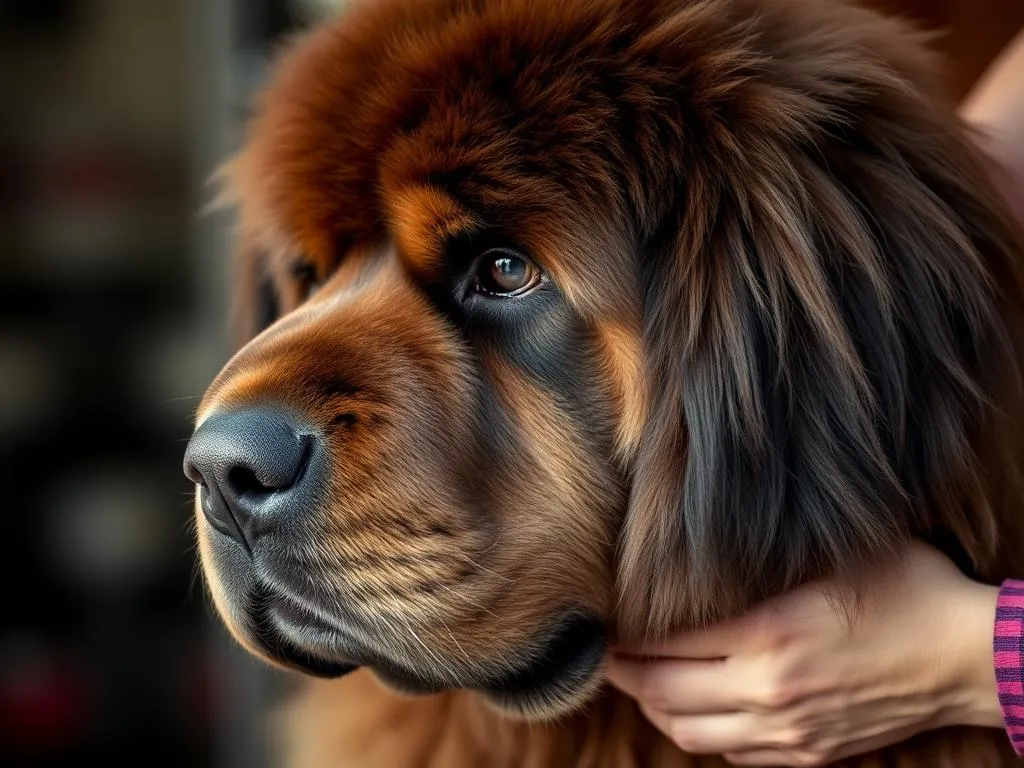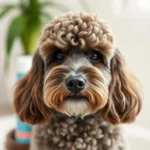
Introduction
When it comes to the health and well-being of our beloved pets, grooming plays a crucial role that goes beyond aesthetics. Newfoundland dogs, known for their impressive size and gentle temperament, require specific grooming practices to maintain their health and happiness. These majestic dogs are not only striking in appearance but also prone to certain health issues that can be alleviated through regular grooming. In this article, we will explore the essential aspects of Newfoundland dog grooming, ensuring that your furry friend remains healthy and vibrant.
Understanding Newfoundland Dogs
Breed Characteristics
Newfoundland dogs are large, robust animals, typically weighing between 100 to 150 pounds. Their size alone makes them a remarkable breed, but they also possess a unique coat that sets them apart. The thick, water-resistant double coat can come in various colors, including black, brown, gray, and Landseer (white with black markings).
In terms of temperament, Newfoundlands are known for their friendly and patient demeanor. They are great with children and often referred to as “gentle giants.” Their calm nature makes them excellent family pets, but they do require proper training and socialization.
Common Health Issues
Like all breeds, Newfoundland dogs have their own set of health concerns. Some of the most common issues include:
- Hip Dysplasia: A genetic disorder that affects the hip joint, leading to arthritis and pain.
- Heart Conditions: Newfoundlands are prone to dilated cardiomyopathy, which affects heart function.
- Obesity: Their large size can lead to obesity if not monitored closely, impacting their overall health.
- Skin Issues: Due to their thick coat, they can suffer from skin infections and allergies if not groomed properly.
The Importance of Grooming
Health Benefits
Grooming is not merely about keeping your dog looking good; it is essential for their health. Regular grooming can prevent skin infections by ensuring that the coat remains clean and free of debris. It also helps reduce shedding, which can minimize allergens in your home. Additionally, grooming sessions provide an opportunity for early detection of potential health issues, such as lumps or skin irritations.
Psychological Benefits
The act of grooming is a bonding experience between you and your Newfoundland. It can be a relaxing and enjoyable time that fosters a strong relationship. Moreover, the tactile experience of being brushed can be soothing for your dog, reducing stress for both of you.
Grooming Essentials for Newfoundland Dogs
Tools Required
To ensure effective grooming, you will need a few essential tools:
- Brushes:
- Slicker Brush: Great for removing loose hair and mats.
- Bristle Brush: Helps to distribute natural oils throughout the coat.
-
Undercoat Rake: Essential for reaching the dense undercoat.
-
Combs: Wide-toothed combs work well for detangling.
-
Nail Clippers and Grinders: Keep nails trimmed to prevent discomfort.
-
Dog Shampoo and Conditioner: Look for products specifically designed for thick coats. Brands like Earthbath and Isle of Dogs are popular choices.
-
Towels and Drying Equipment: A high-velocity dog blow dryer can speed up the drying process after a bath.
Grooming Schedule
Establishing a grooming routine is vital for your Newfoundland’s health:
- Daily Grooming: Regular brushing is essential to prevent mats and reduce shedding.
- Bathing: Depending on activity level and coat condition, baths should be given every 4-6 weeks.
- Seasonal Grooming: Be prepared for increased shedding during spring and fall, requiring more frequent brushing.
Step-by-Step Grooming Process
Brushing
Start by using a slicker brush to gently work through the topcoat, followed by an undercoat rake to remove loose fur. Focus on areas where mats are likely to form, such as behind the ears and under the legs. Brush in the direction of hair growth, being careful around sensitive areas.
Bathing
When it’s time for a bath, choose a high-quality dog shampoo that is gentle on their skin. Wet your dog’s coat thoroughly, applying shampoo and massaging it in. Rinse thoroughly to avoid any residue. After bathing, use a towel to remove excess water before using a blow dryer on a low setting to dry the coat completely.
Nail Care
Nail trimming is crucial for your Newfoundland’s comfort. Aim to trim their nails every 3-4 weeks. If you hear the nails clicking on the floor, it’s time for a trim. Use a dog nail clipper and be cautious of the quick, which can bleed if cut too short. If you’re unsure, consult a vet or professional groomer.
Ear and Teeth Cleaning
Newfoundlands are prone to ear infections, so regular cleaning is necessary. Use a vet-recommended ear cleaner and cotton balls to gently wipe the outer ear. For dental health, brush your dog’s teeth several times a week using dog-friendly toothpaste to prevent tartar buildup.
Addressing Common Grooming Challenges
Handling Shedding
Newfoundlands are known for their heavy shedding, especially during seasonal changes. To manage this, invest in a good vacuum cleaner specifically designed for pet hair. Regular brushing will help to minimize the amount of loose hair around your home.
Dealing with Matting
Mats can form if the coat is not regularly brushed. To prevent matting, focus on problem areas during grooming sessions. If mats do occur, carefully use a slicker brush or scissors (with caution) to remove them without pulling on the skin.
Managing Behavioral Issues During Grooming
Some dogs may be anxious during grooming. To help calm your Newfoundland, create a positive environment with treats and praise. Start with short grooming sessions, gradually increasing the time as your dog becomes more comfortable with the process.
Professional Grooming vs. DIY Grooming
When to Seek Professional Help
While many pet owners can manage grooming at home, there are times when a professional groomer may be necessary. If your Newfoundland has a particularly matted coat or if you lack the time or confidence to groom effectively, seeking professional services can be beneficial. Professional groomers have the experience and tools to handle tough grooming tasks safely.
DIY Grooming Tips
For those who prefer to groom at home, there are several budget-friendly tips to consider:
- Invest in quality grooming tools to save money in the long run.
- Watch online tutorials to learn proper techniques.
- Schedule regular grooming sessions to avoid overwhelming your dog.
Conclusion
The health and happiness of your Newfoundland depend significantly on proper grooming practices. By establishing a regular grooming routine, you can prevent health issues while strengthening the bond you share with your furry friend. Remember, grooming is not just about looking good; it’s about caring for your pet’s overall well-being. Embrace the grooming process as an opportunity to connect with your Newfoundland and ensure they lead a happy, healthy life.









